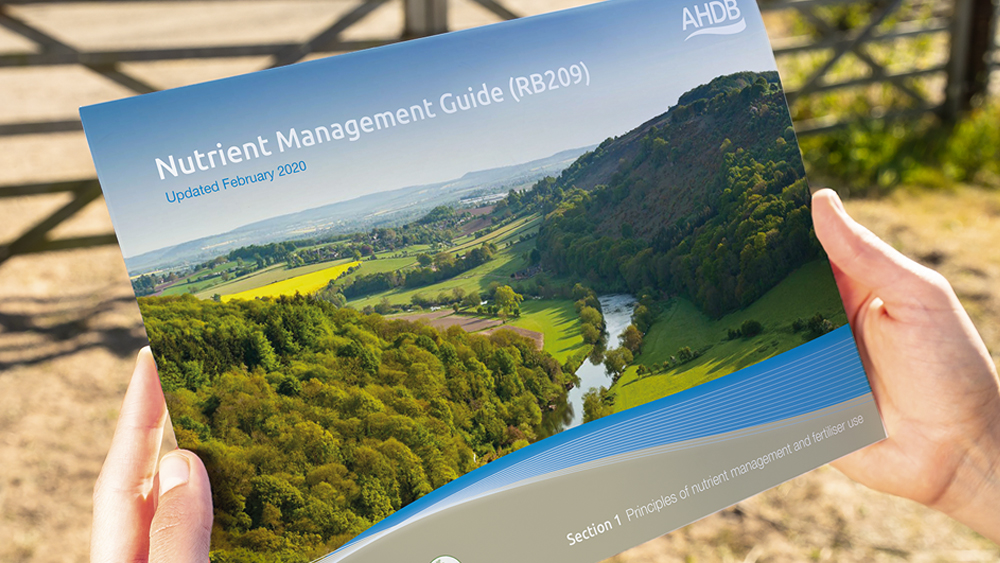- Home
- Knowledge library
- Updating nitrogen and sulphur fertiliser recommendations for spring barley
Updating nitrogen and sulphur fertiliser recommendations for spring barley
Summary
This project aimed to improve nitrogen (N) and sulphur (S) fertiliser management guidelines for modern spring barley varieties. The work was conducted to help farmers achieve grain N% targets and high (economically optimal) yields more reliably. Specific objectives were to:
- Review data to understand how soil N supply, applied N and yield potential affect grain N%
- Quantify the effect of timing of soil applied N and S fertiliser on grain N%
- Quantify the effect of rate of soil applied N fertiliser on grain N%
- Produce N and S fertiliser guidelines for achieving grain N% targets with maximum yield
- Transfer guidelines to farmers and agronomists
Eleven N-response experiments resulted in an average optimum N rate (Nopt) of 118 kg N/ha, with an average yield of 7.4 t/ha and an average grain N% of 1.63%. Analysis of new experimental data and a UK review dataset confirmed that the crop N demand increased with yield, with an additional 20 kg N/ha for each additional tonne, equating to an additional fertiliser requirement of 33 kg N/ha per tonne. On average, the current RB209 recommendations over-estimated N requirement by over 40 kg N/ha, with an average error of +/- 48 kg N/ha. Two options are proposed that deal with this inaccuracy (both give similar N recommendations at expected yields of 7–8 t/ha):
- Change the expected yield value from which N rate is adjusted from 5.5 t/ha to 7.5 t/ha.
- Adopt a method to calculate fertiliser N requirement based on crop N demand and fertiliser recovery.
Across the new experimental data and UK review dataset, reducing grain N% by 0.1% required a reduction in N rate of 29 kg N/ha, thus confirming the current RB209 recommendation of a reduction of 30 kg N/ha. The average grain N% at the Nopt was 1.72% and 67% of crops achieved a grain N% of <1.8% at the Nopt. A cost-benefit analysis indicated reducing the N rate recommended for optimum yield by 30 kg N/ha would maximise the reliability of achieving a grain N% of less than 1.8%. However, if historic grain N% data for the field indicates that grain N% is consistently below 1.8% with fertiliser rates optimised for yield then it may not be necessary to reduce the N rate.
Eleven N-timing experiments clearly indicated that all the N should be applied between the time of drilling and GS30, with at least 40 kg N/ha in the seedbed. However, to minimise the risk of nitrate leaching, no more than 40 kg N/ha should be applied in the seedbed, if the crop is sown before March, grown on a light-sand soil or if there is a likelihood of substantial rainfall soon after drilling.
The results indicated that there was no requirement to alter current recommendations for S fertiliser, with applications of 25–50 kg SO3/ha, where a risk of S deficiency is identified.
Also...
Watch Sarah Kendall (ADAS) provide a project update (2021 webinar)
Results to nourish spring barley crops (article)
Downloads
PR635 final project reportRelated resources


